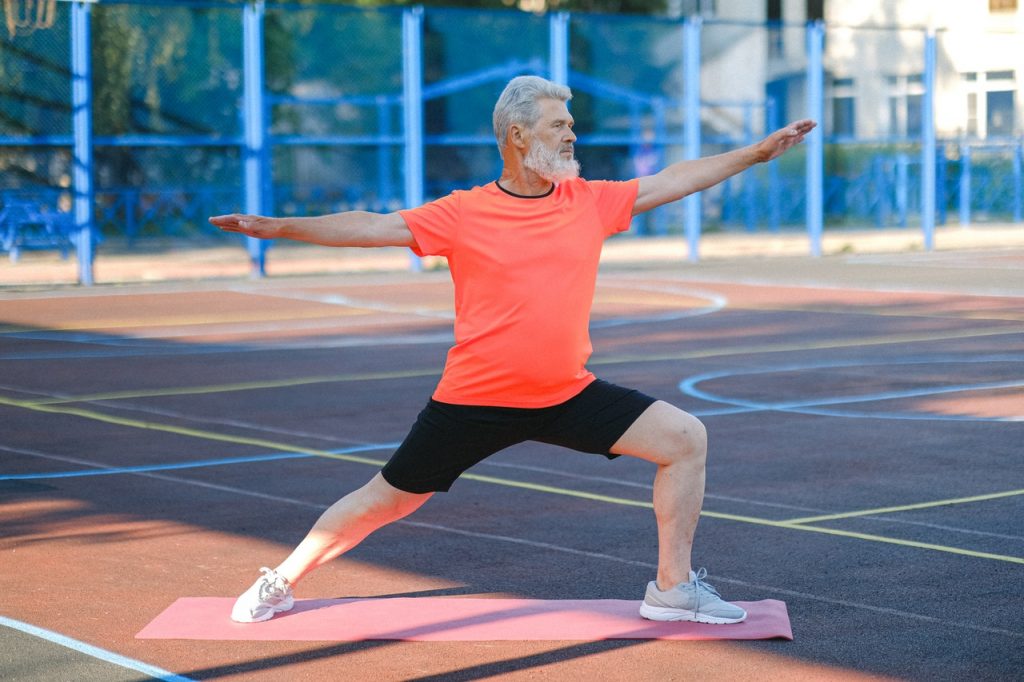Ageing is a difficult process for most people, particularly because it demands changes in lifestyles that you used to love. Before, you could go hiking every weekend. Now you can’t find the energy to walk long miles to get a glimpse of breathtaking scenery. You’ve suddenly become more inclined to cooking whereas once you hated the idea of it. That show you said was sappy? Now it makes you tear up in laughter.
There’s an entire physiological transformation taking place that you can’t stop, and adjusting your lifestyle accordingly is the best way to go. This is especially true when it comes to exercise. While it’s as essential for you now as it was when you were younger, there are changes you have to deal with if you want to stay fit.
You Need Your Doctor’s Advice
It doesn’t matter if you’ve been diagnosed with a condition or not. Before you commit to a specific exercise regimen, you have to get your doctor’s advice. Some tests and a quick consultation can give you an idea of what activities will benefit you most.
Perhaps you used to love running, but now you’re better off doing water aerobics. Your doctor might feel that you need to put more work on your flexibility to prevent certain physiological difficulties from developing as you age.
If you have conditions like hypertension, you need to have a 24-hour blood pressure monitor test a day before a scheduled physical activity. Even when your doctor gives you the signal, you should still stop if you feel short of breath. Any dizziness or chest pain warrants medical attention, so make sure you’re not alone, and you have the ambulance on speed dial.

Pushing Yourself Is Not Wise
Younger fitness enthusiasts are all about pushing themselves even when they’re sore all over and they feel like quitting. It can be good for them to a certain extent, but it’s definitely not good for you. Older adults like yourself need a longer recovery time to let your torn muscles heal. No matter how much you look forward to your upcoming Zumba class, if the last one left you aching and unable to do simple tasks, then you should probably skip it.
When you don’t take the time and necessary measures to recover, you place yourself at higher risk of injuries. This will then lead to costly medical treatments that could keep you from dancing as much as you want in the future.
Diversity Is Essential
Older adults are more susceptible to living sedentary lifestyles. If you haven’t been physically active in the past couple of years, you have many muscle groups and joints that need warming up. Diversity is essential in ensuring that all your body parts are engaged and that you’re getting all the benefits of an active lifestyle.
There are four types of exercises that you’ll need to add to your workout regimen. For endurance, you might want to consider brisk walking and swimming. Strength training is better with lighter weights and resistance bands, while improving your balance is as simple as regularly doing the heel-to-toe walk.
Last but not least is flexibility, which will allow you to pick things up from the floor without needing assistance. If yoga is out of the picture, try simple calf and ankle exercises.
Losing Weight Is Not the Point
Remember that exercising as an older adult is no longer about weight loss, as it might have been when you were younger. Weight loss is still possible even if you reach the age of sixty, and it’s always a good idea if you’re on the big side. The point is that crash diets will likely cause you more harm than good. Your goal should be to achieve optimum physical health because the road to getting there is the one that bears the best results.

